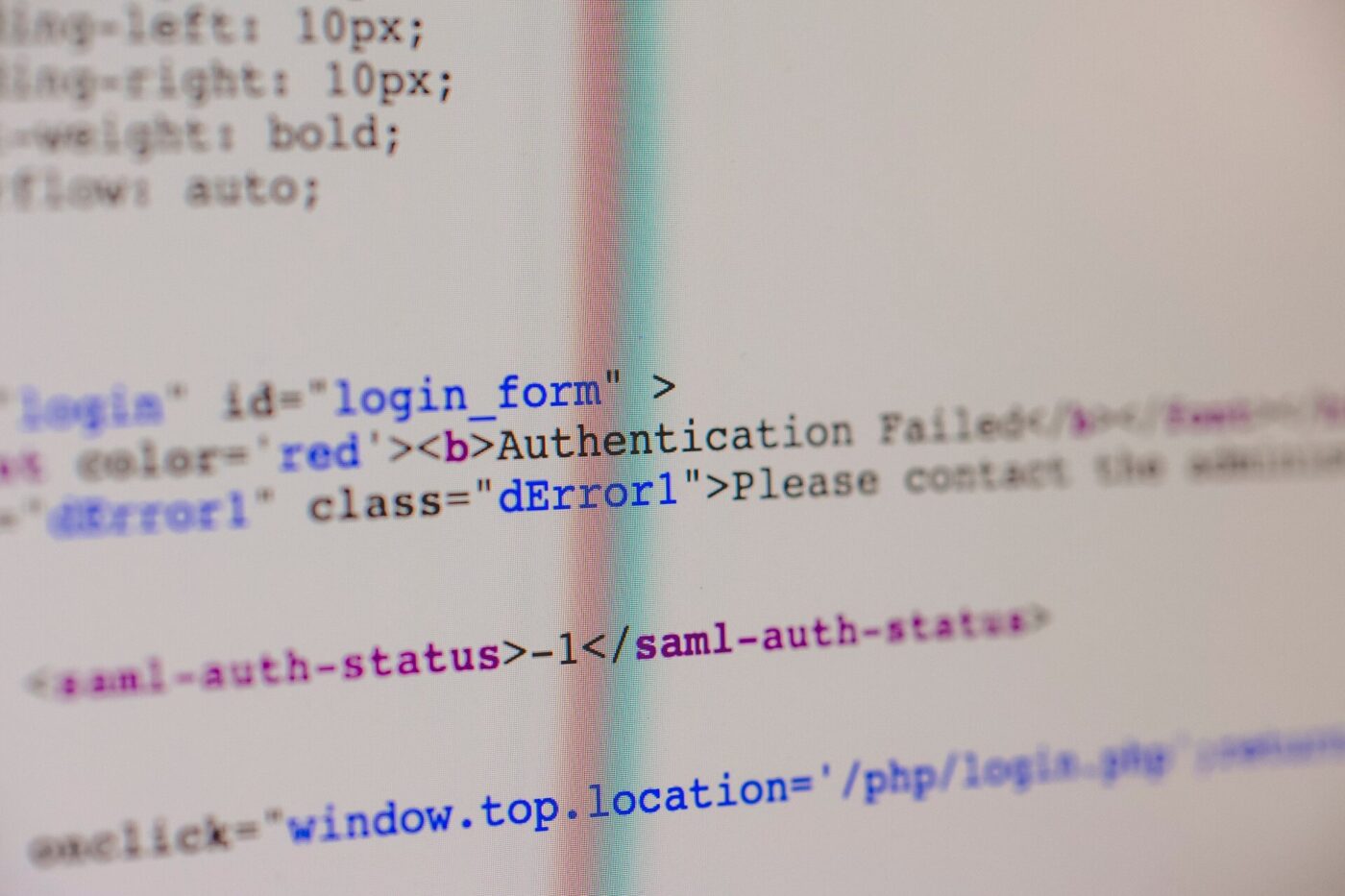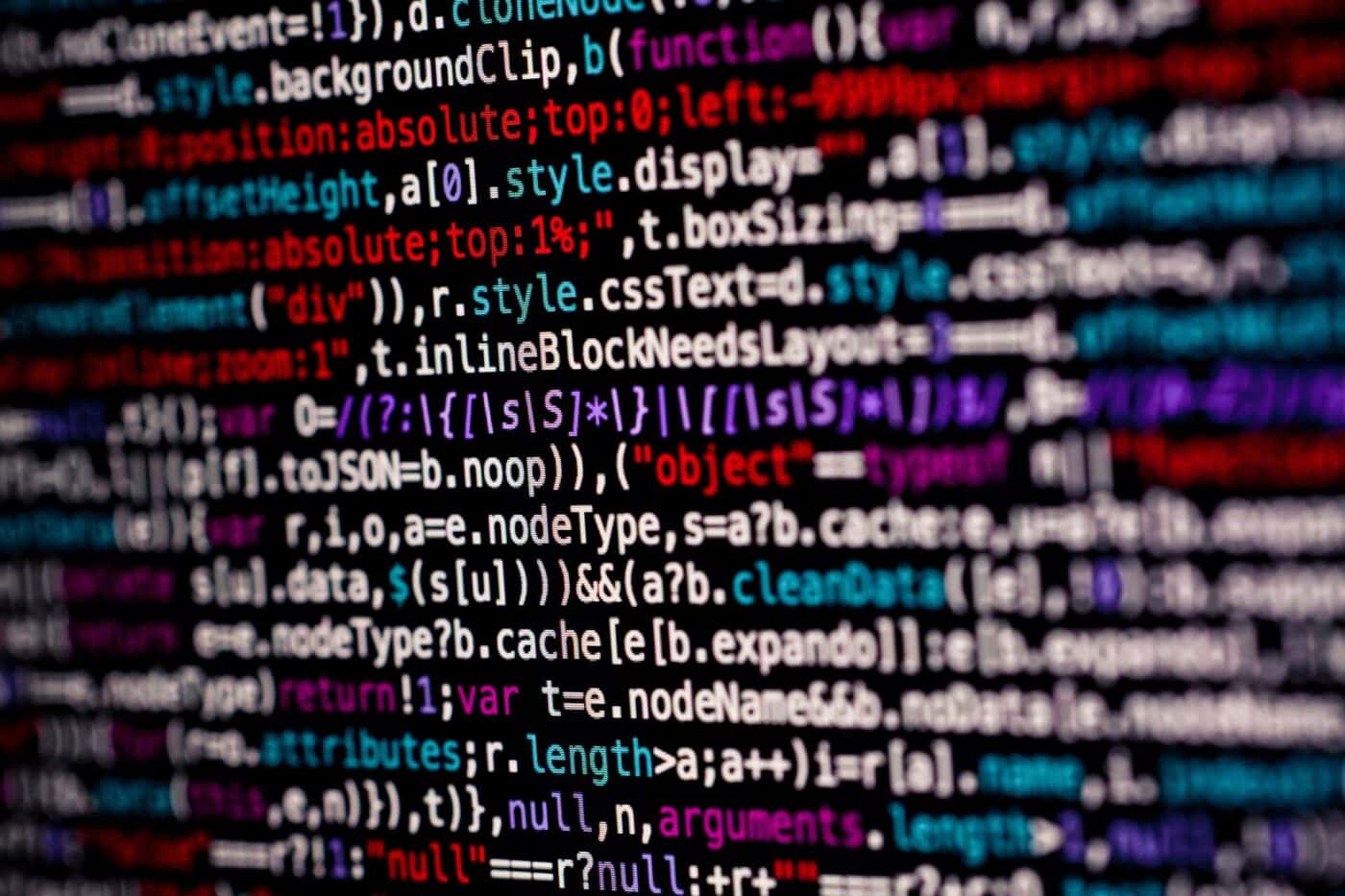Let’s face it – some websites are simply made to be functional, and some truly stand out and bring awesomeness to the vast fields of the internet. And when you look at them, have you ever wondered how they were made? First, you should understand the difference between HTML and CSS to truly grasp how every hyperlink, form, and button works.
What Is The Difference Between HTML and CSS?
HTML (Hypertext Markup Language) and CSS (Cascading Style Sheets) are both essential technologies for creating web pages, but they serve different purposes. HTML’s function is to create the basic structure and content of a webpage, and it uses different elements to define headings, paragraphs, and images.
On the other hand, CSS is used to define the presentation of the webpage. It allows you to add styles to HTML elements, such as colors, fonts, spacing, and positioning. In essence, HTML is the substance of the page, while CSS is the style.
The Basics of HTML
HTML, short for Hypertext Markup Language, is the primary language used to write and structure content on the web. This language uses a system of elements, indicated by tags, to organize and format content on web pages. The basics of Hypertext Markup Language include the following:
- The content created in this language is wrapped in tags, and that way, it creates elements that define the structure and presentation of information.
- An HTML document includes a doctype declaration, a head section (for metadata and linking CSS/JS), and a body section (for the content.)
- HTML5 has also introduced some semantic elements for clearer code and better accessibility.
- It supports embedding images, audio, video, and other media into a webpage, making it multimedia-rich.
In a nutshell, it’s a markup language that defines the content and layout of a page, and thus, it is the essence upon which the websites are constructed.
CSS Explained
CSS, or Cascading Style Sheets, is a style sheet language used to make a description of the presentation of a document written in HTML or XML. It dictates how the structured elements are displayed on the screen. With both these languages frontend web development teams can easily separate content from the visual design to improve content accessibility and provide more flexibility and control.
CSS enables the application of styles to web pages in bulk, and the presentation may be adjusted for various device types, including printers, big displays, and small screens. Here are the features of Cascading Style Sheets:
- It’s used for defining the look and format of a document written in markup language.
- It uses selectors to target HTML elements and apply styles such as colors, fonts, and layouts through properties.
- Every element in this language is made up of a box, with properties like width, padding, borders, and margins that can be styled.
- It allows responsive design, which means that content can adjust smoothly to different screen sizes.
- Styles are applied in a cascading manner, where the same style can be inherited from multiple style sheets, and the closest style rule is applied.
Additionally, this language makes animation possible, allowing HTML components to progressively switch between styles.

HTML vs. CSS – Table Based on Key Differences
The two main technologies you encounter when building a website are HTML and CSS. Each serves a distinct purpose in web development, but if you’re wondering what is the difference between CSS and HTML, the following table outlines their key distinctions.
| HTML | CSS |
|---|---|
| A markup language for structuring web pages | A style sheet language for styling web pages |
| Consists of tags to enclose text | Uses selectors and declaration blocks for styling |
| Has no subtypes | Can be internal (in the head section) or external (linked) |
| Cannot be embedded into CSS | Can be embedded into HTML documents |
| Not used for styling or visual presentation | Specifically used for design and visual presentation |
| Less community support and documentation | More community support and extensive documentation |
| Does not support animations or transitions | Supports animations and transitions for dynamic UI |
| Saved with .htm or .html extension | Saved with .css extension |
Answering Questions About Similarities Between These Two Languages
These two languages are the fundamental tools of web development – they both shape the user experience on the internet. HTML sets up the content, while CSS makes it look good, and every web browser understands it. They follow the same rules set by the W3C, making sure they work well together. For anyone starting in web design, knowing both is key to building any website.

Turn Your Vision into Reality with an Expert MVP Development Company
Diving into the world of web and app development can often feel like launching a ship into the ocean but traveling without a map. That’s why your desktop application development and digital product needs a refined partner to truly shine. That’s where our expertise comes into play. With our frontend web development services that encompass MVP app development services, backend web development, as well as mobile app development, we are equipped to elevate startups and support large enterprises alike. Contact us today, learn all about what we do, and let’s collaborate to transform your prototype into an MVP that stands out for its innovation and quality. Let’s set the sails for success together!
Learn More Through Frequently Asked Questions
What Is the Primary Difference Between HTML and CSS?
HTML is used to create the basic content and structure of a webpage, whereas CSS is used to control the layout and style of the web elements.
Can a Website Be Created Using Only HTML or CSS?
A website can be built with just HTML, but it would lack styling. CSS cannot function without HTML, as it is designed to style HTML elements.
Are HTML and CSS Programming Languages?
No, HTML is a markup language, and CSS is a style sheet language. They do not have the logical or computational capabilities of programming languages such as Javascript.
How Do HTML and CSS Work Together?
HTML provides the structure, while CSS defines the style. When a webpage loads, the browser reads the HTML content and the CSS rules to render the page with its designed appearance.
Is HTML More Important Than CSS, or Vice Versa?
They are both vital but for different reasons. HTML provides the content and skeleton of the webpage, while CSS enhances the visual presentation.







